'MELITA, REFUGE' SPazJU KREATTIV
Melita, Refuge
Exhibition in collaboration with Maltabiennale.art 2024
Until April 7th
Venue: Space C, Spazju Kreattiv, Valetta
ENG : The installation presents an array of polyphonic stories interfacing disparate voices and routes in the Mediterranean space and time. This juxtaposition of ancient routes of commercial conquest with contemporary migratory ones brings forth poignant shared narratives, enabling also fresh perspectives of the present. Her photos are rooted in the geo-political complexity of the contemporary migrant condition but distinguish themselves from a work of reportage by inviting a broader temporal and geographical perspective. As a body of work in its totality, ‘Melita, refuge’ then effectively proposes its own personal, political and poetic trajectory.
FR :
Ce projet a débuté à Malte, avec les visites de la photographe de différentes grottes de l’île, à la recherche de traces de la civilisation phénicienne, dans le plus ample contexte contemporain d’une crise migratoire active. Depuis l’antiquité, les êtres humains ont cherché refuge comme geste essentiel de survie. Culturellement cette notion est particulièrement enracinée dans l’histoire de Malte, dont le catholicisme est fortement lié au récit biblique du naufrage de Saint Paul, qui trouva refuge dans une grotte de l’île. Depuis les îles maltaise, Immelé s’est ensuite rendue en Sicile et en Tunisie, suivant les routes migratoires contemporaines à travers la Méditerranée, les associant poétiquement aux voyages des Phéniciens de l’Antiquité. Les Phéniciens, pour des raisons commerciales, fondèrent de nombreux comptoirs sur tout le pourtour méditerranéen. Ce réseau documenté de routes maritimes s’établit entre 1200 et 300 av. JC. Anne Immelé a photographié les grottes phéniciennes maltaises, des restes de temples puniques, des sites archéologiques puniques comme l’île de Mozia (Sicile), Kerkouane
et Carthage (Tunisie), mettant en évidence leurs caractéristiques minérales et leur atemporalité. En écho, ses portraits de réfugiés subsahariens transmettent l’éphémère des parcours d’une vie humaine. La juxtaposition de ces routes —celles antiques de conquête commerciale et celles contemporaines migratoires— fait émerger de touchants récits partagés, ouvrant aussi de nouvelles perspectives sur le présent. Les photographies d’Anne Immelé puisent dans la complexité géopolitique
de la condition migratoire contemporaine, mais se distinguent du reportage en invitant à une perspective temporelle et géographique plus ample. Comme corpus d’œuvres, “Melita” englobe trajectoires personnelles, politiques et poétiques.
Exhibition view by Julian Vassallo
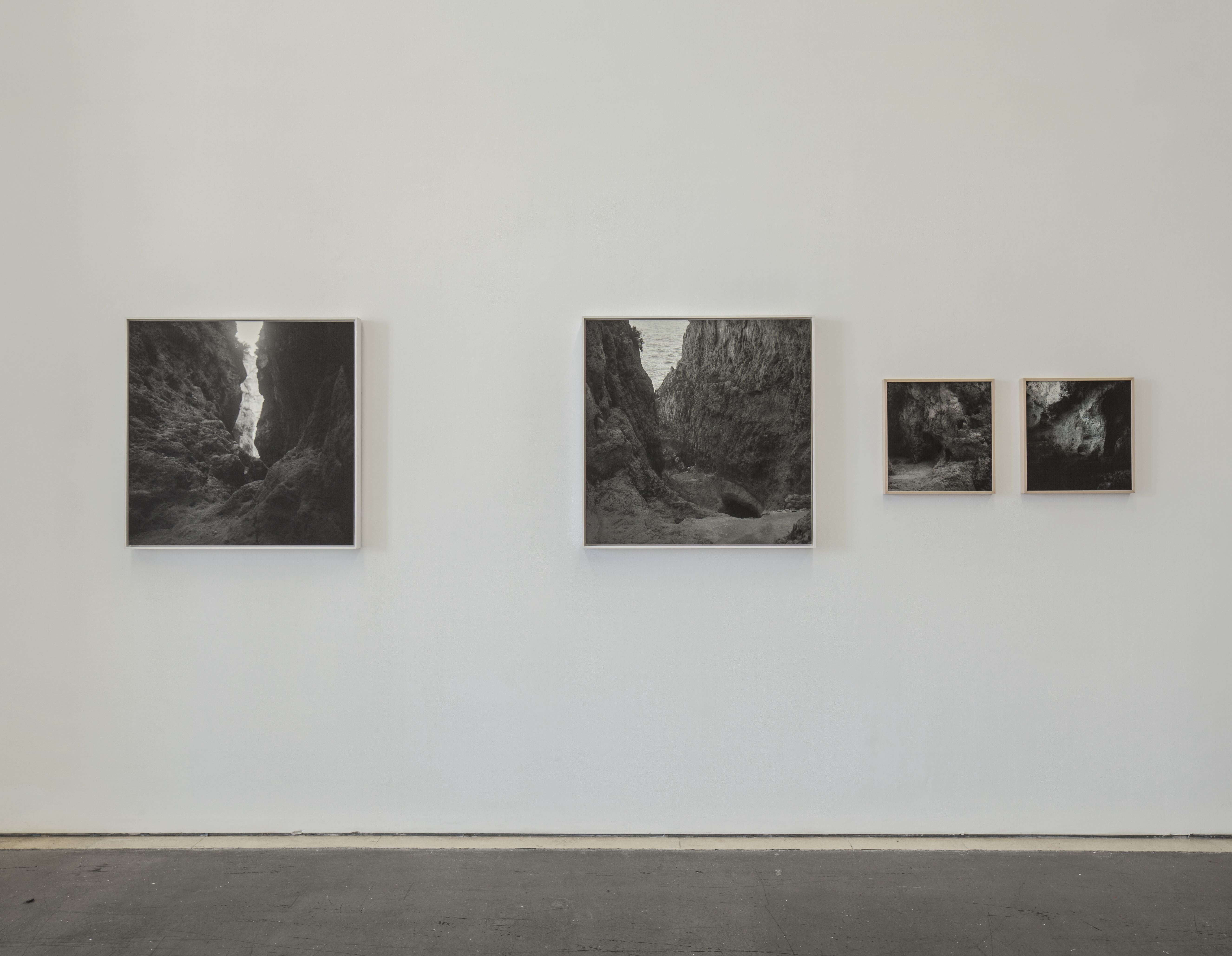
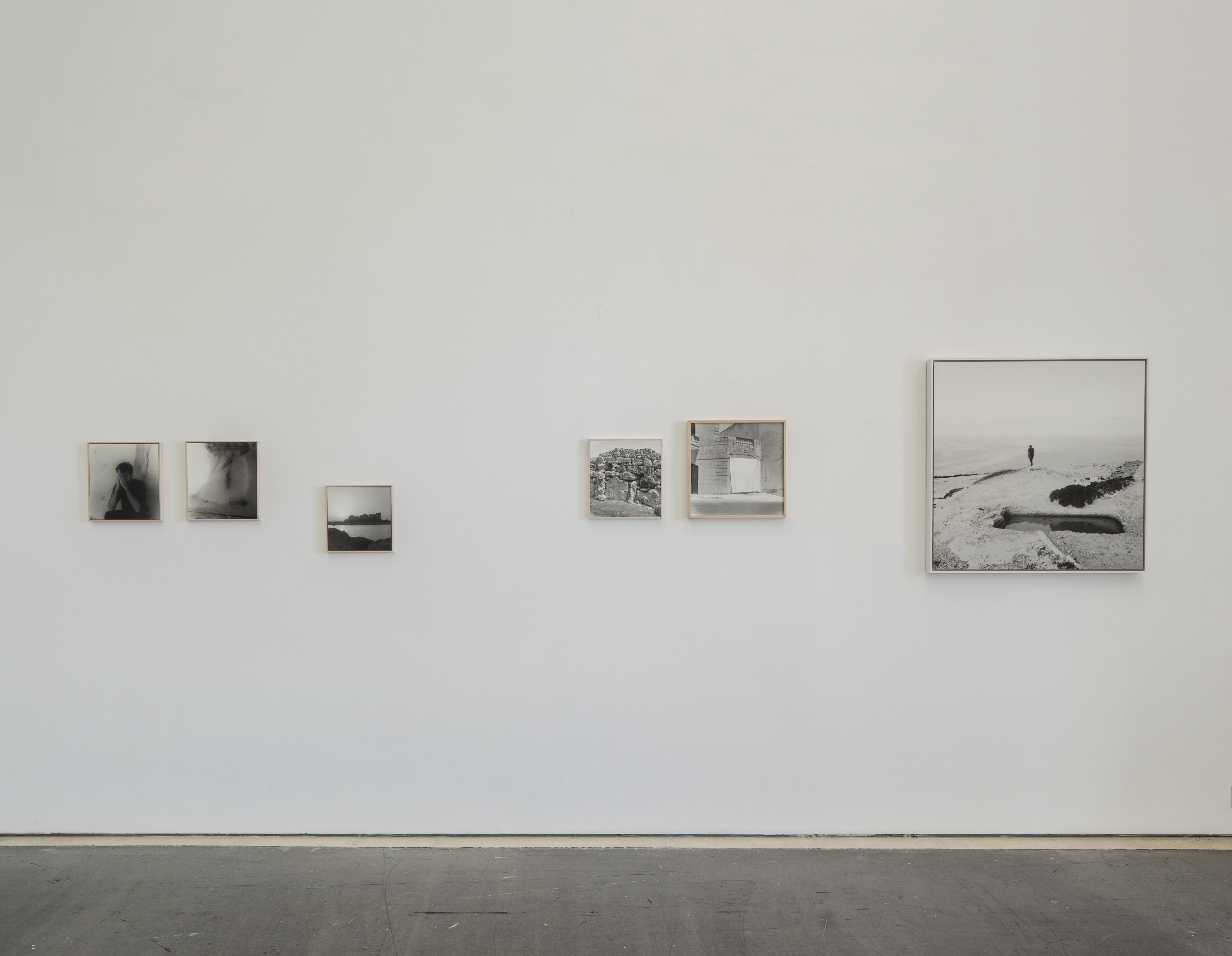
Space C1 / Quest for Refuge. From left to right :
Wall 1 Maltese Caves, 2021-2022. The specific geology of the Maltese caves enables them to serve as shelters. The larger caves provide ancestral habitat. // Wall 2
1. Nigel, Ras il-Wardija, Punic-Roman sanctuary, San Lawrenz, Gozo, 2022
/ 2. Ras il-Wardija, Punic-Roman sanctuary, San Lawrenz, Gozo, 2022
/ 3. Sliema, View from Valetta, Malta, 2021
/ 4. it-Tempji tal-Ggantija, Gozo, 2021
/ 5. Nigel, Ras il-Wardija, Punic-Roman sanctuary, San Lawrenz, Gozo, 2022
Wall 1 Maltese Caves, 2021-2022. The specific geology of the Maltese caves enables them to serve as shelters. The larger caves provide ancestral habitat. // Wall 2
1. Nigel, Ras il-Wardija, Punic-Roman sanctuary, San Lawrenz, Gozo, 2022
/ 2. Ras il-Wardija, Punic-Roman sanctuary, San Lawrenz, Gozo, 2022
/ 3. Sliema, View from Valetta, Malta, 2021
/ 4. it-Tempji tal-Ggantija, Gozo, 2021
/ 5. Nigel, Ras il-Wardija, Punic-Roman sanctuary, San Lawrenz, Gozo, 2022
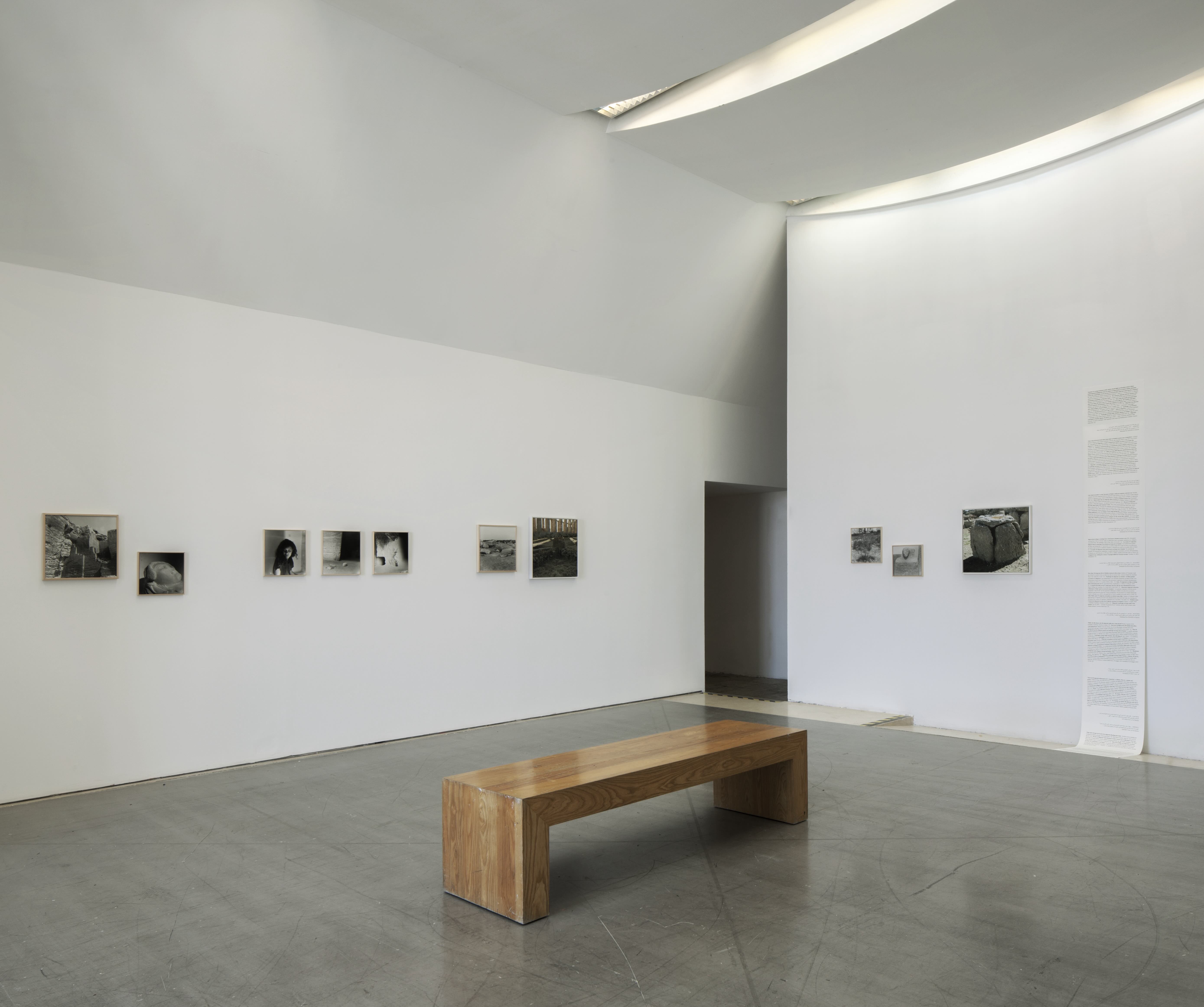
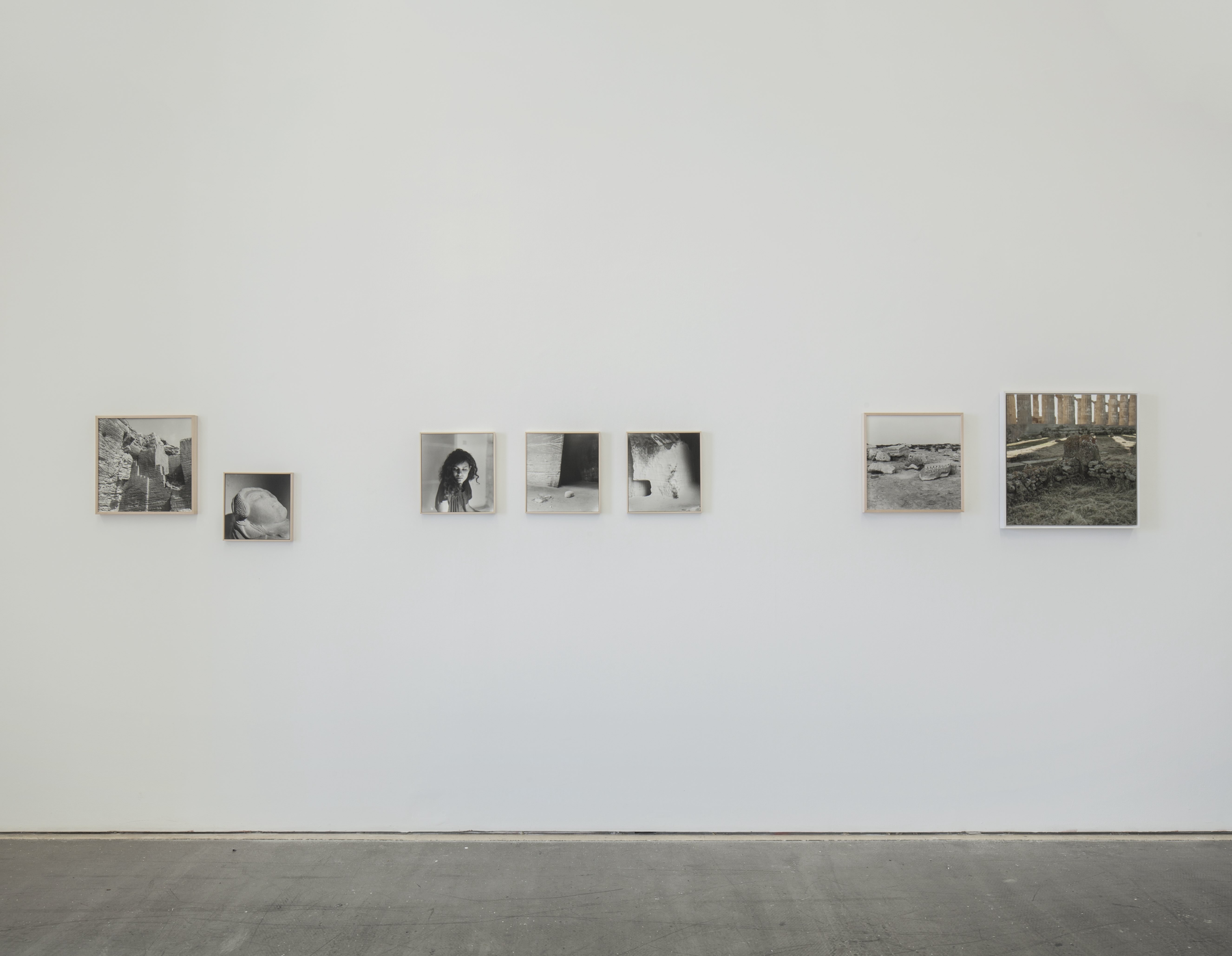
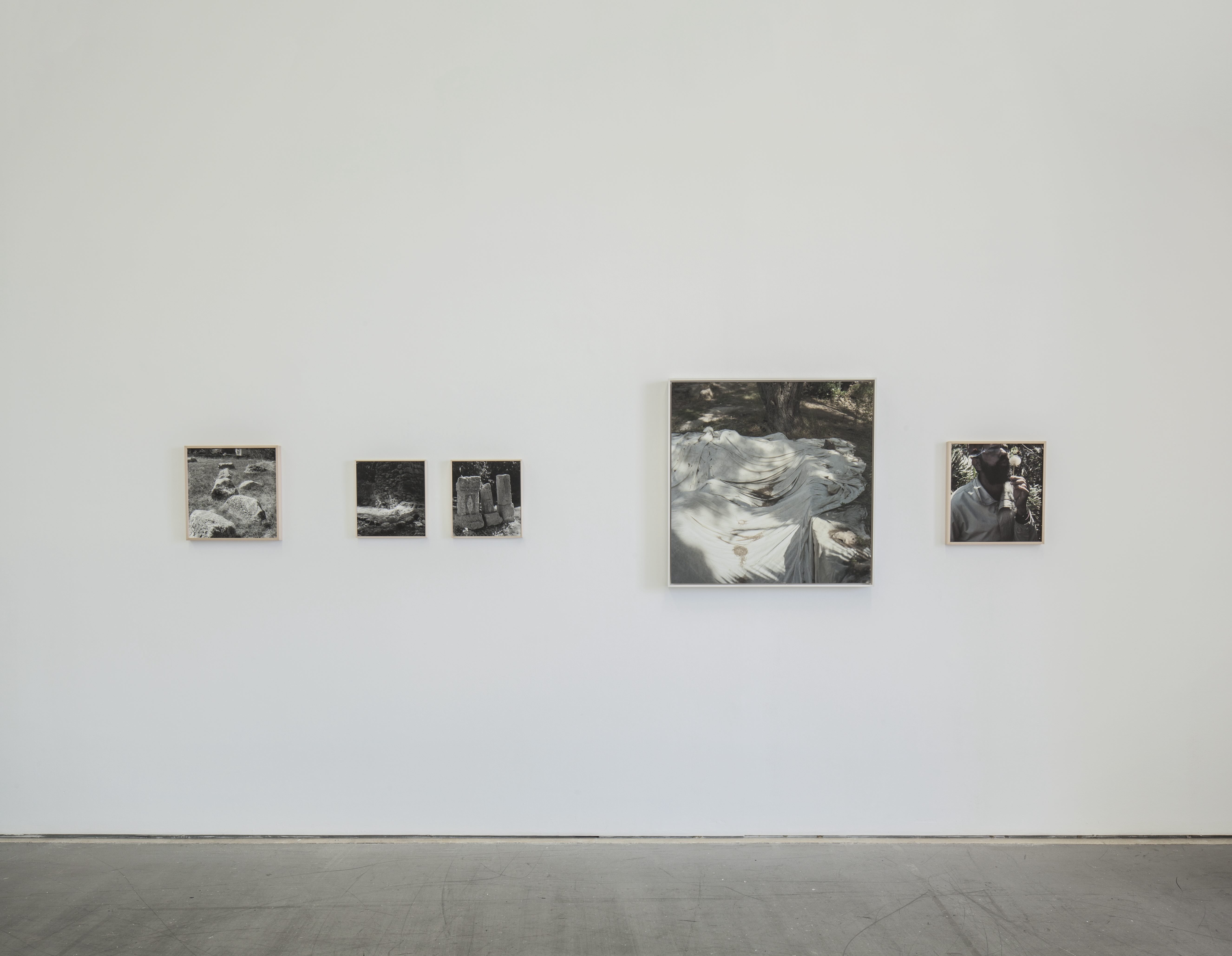
Space C 2 / Phoenician's world.
Wall 1. From left to right :
1. Quarry, dating from Phoenicians, Favignana, Sicily, 2023 / 2. Phoenician sarcophagus, Antonio Salinas Archaeological Museum, Palermo / 3. Noura, Cospicua, 2023 / 4. Quarry, dating from Phoenicians, Favignana, Sicily, 2023 / 5. Quarry, dating from Phoenicians, Favignana, Sicily, 2023 /6.Meninx, Phoenicians remains, Djerba Island, 2023 / 7.Phoenician House Foundation Wall, Selinunte, Sicily, 2023......
Wall 2 From left to right : 1. Near Punic necropolis, Antonine Baths, Carthage, 2023 / 2. Phoenician tophet, Antonio Salinas Archaeological Museum, Palermo / 3. Phoenician tomb, Mozia island, Sicily......
Wall 3 : From left to right :
1. Tas-Silg, ancient megalithic temple was repurposed by the Phoenicians as a temple dedicated to the goddess Astarte, Marsaxlokk, Malta, 2022
/ 2 and 3 The Carthage tophet, is an ancient sacred area dedicated to the Phoenician deities Tanit and Baal, located in the Carthaginian district of Salammbô, Tunisia, near the Punic ports / 4. Punic necropolis, near the Antonine Baths, Carthage, 2023 / 5. Youssef, Kerkouane, site of an ancient Punic city near Cape Bon
Wall 1. From left to right :
1. Quarry, dating from Phoenicians, Favignana, Sicily, 2023 / 2. Phoenician sarcophagus, Antonio Salinas Archaeological Museum, Palermo / 3. Noura, Cospicua, 2023 / 4. Quarry, dating from Phoenicians, Favignana, Sicily, 2023 / 5. Quarry, dating from Phoenicians, Favignana, Sicily, 2023 /6.Meninx, Phoenicians remains, Djerba Island, 2023 / 7.Phoenician House Foundation Wall, Selinunte, Sicily, 2023......
Wall 2 From left to right : 1. Near Punic necropolis, Antonine Baths, Carthage, 2023 / 2. Phoenician tophet, Antonio Salinas Archaeological Museum, Palermo / 3. Phoenician tomb, Mozia island, Sicily......
Wall 3 : From left to right :
1. Tas-Silg, ancient megalithic temple was repurposed by the Phoenicians as a temple dedicated to the goddess Astarte, Marsaxlokk, Malta, 2022
/ 2 and 3 The Carthage tophet, is an ancient sacred area dedicated to the Phoenician deities Tanit and Baal, located in the Carthaginian district of Salammbô, Tunisia, near the Punic ports / 4. Punic necropolis, near the Antonine Baths, Carthage, 2023 / 5. Youssef, Kerkouane, site of an ancient Punic city near Cape Bon
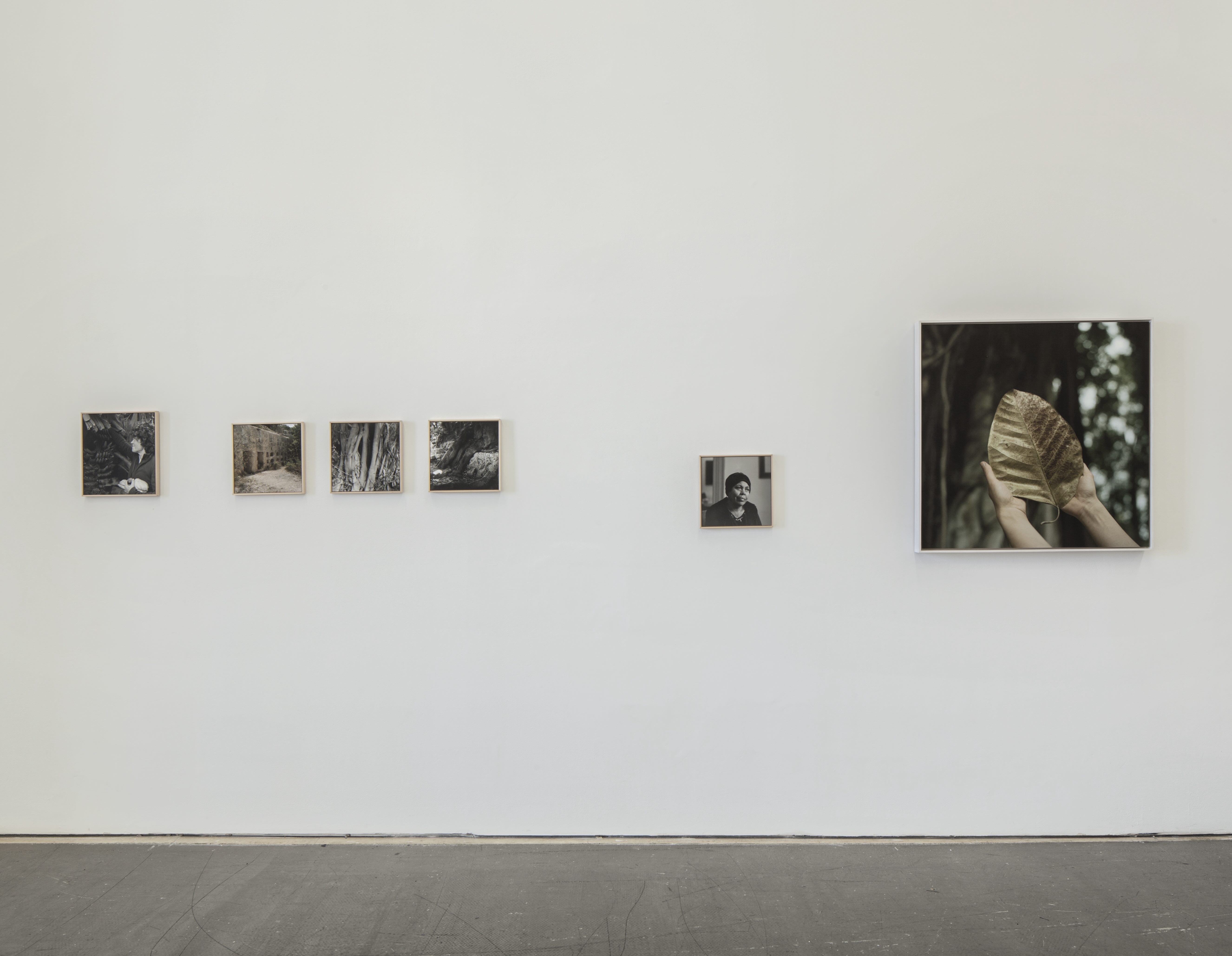
Space C 3 / Migration of Mediterranean. Humans,Trees and Plants.
From left to right :
1. Maria, Sans Blas, Gozo, 2023 / 2. Xemxija apiary from Punic times, Malta, 2023 / 3. Ficus trees, Floriana, Malta, 2023 / 4. Carob tree, dating back to the times of the Phoenicians, Xemxija, Malta, 2023 /
5. Delfina at home, near Via Dante, Palermo, 2023
/ 6. Orto Botanico, Palermo, 2023
"I've thrown my life down here. » says Delfina Nunes Boaventura who emigrated from Cape Verde at the age of 17.
She has lived in Palermo for 40 years. She was the president of the Consulta delle Culture, an organization that promotes the political participation of foreign communities in Palermo. She has worked in the social and health sectors, then as a cultural mediator, and continues to give lectures and advocate for migrants' rights today.
Sicily, an island mythologized by its history and geographical position, serves as a crossroads of civilizations and migrations through the ages. Its strategic location, at the heart of the Mediterranean, positions it as one of the primary points of arrival for many migrants seeking to enter Europe. This liminality, this stance on the threshold between two worlds, endows Sicily with a significant role as a place of welcome and passage.
From left to right :
1. Maria, Sans Blas, Gozo, 2023 / 2. Xemxija apiary from Punic times, Malta, 2023 / 3. Ficus trees, Floriana, Malta, 2023 / 4. Carob tree, dating back to the times of the Phoenicians, Xemxija, Malta, 2023 /
5. Delfina at home, near Via Dante, Palermo, 2023
/ 6. Orto Botanico, Palermo, 2023
"I've thrown my life down here. » says Delfina Nunes Boaventura who emigrated from Cape Verde at the age of 17.
She has lived in Palermo for 40 years. She was the president of the Consulta delle Culture, an organization that promotes the political participation of foreign communities in Palermo. She has worked in the social and health sectors, then as a cultural mediator, and continues to give lectures and advocate for migrants' rights today.
Sicily, an island mythologized by its history and geographical position, serves as a crossroads of civilizations and migrations through the ages. Its strategic location, at the heart of the Mediterranean, positions it as one of the primary points of arrival for many migrants seeking to enter Europe. This liminality, this stance on the threshold between two worlds, endows Sicily with a significant role as a place of welcome and passage.
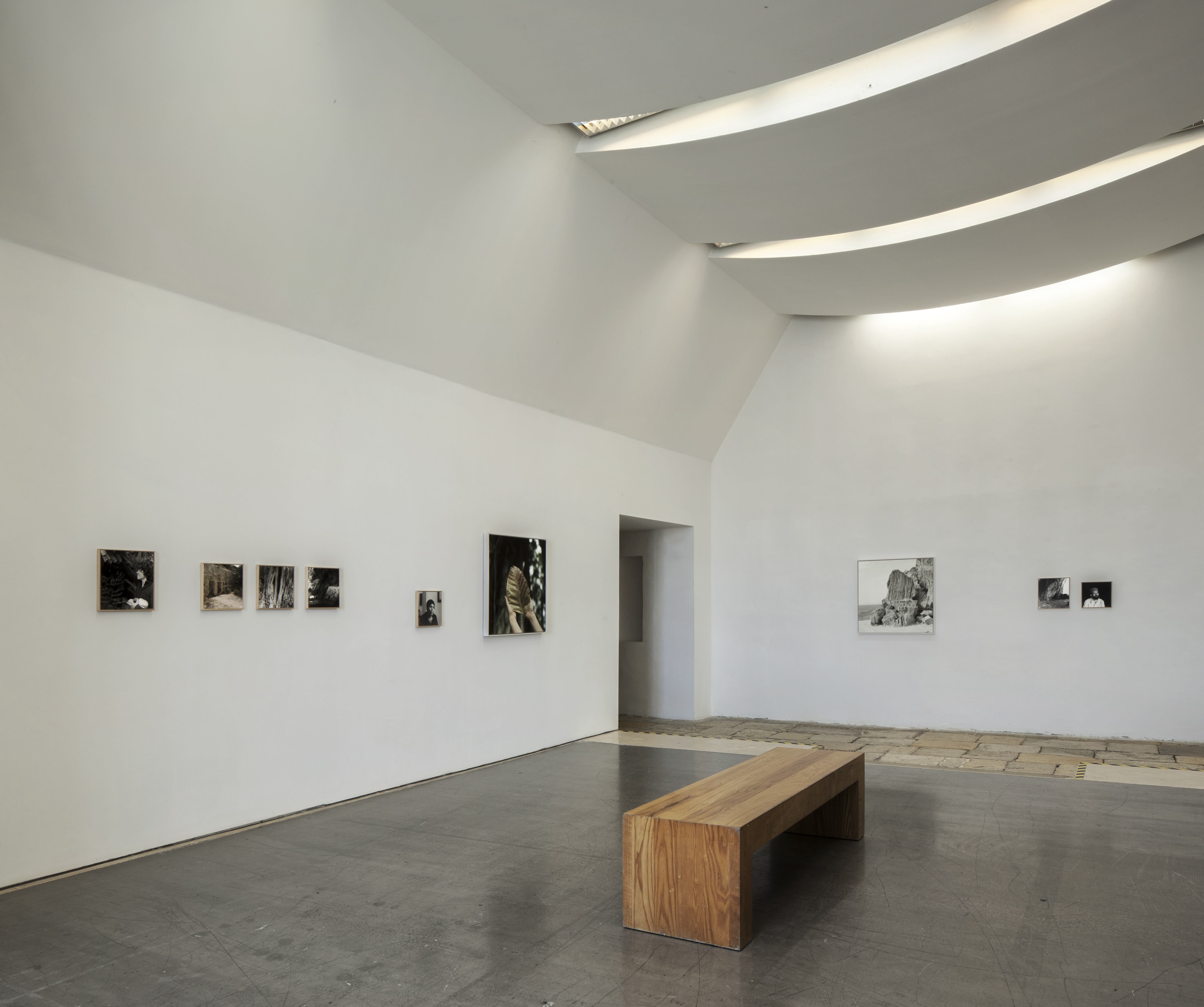
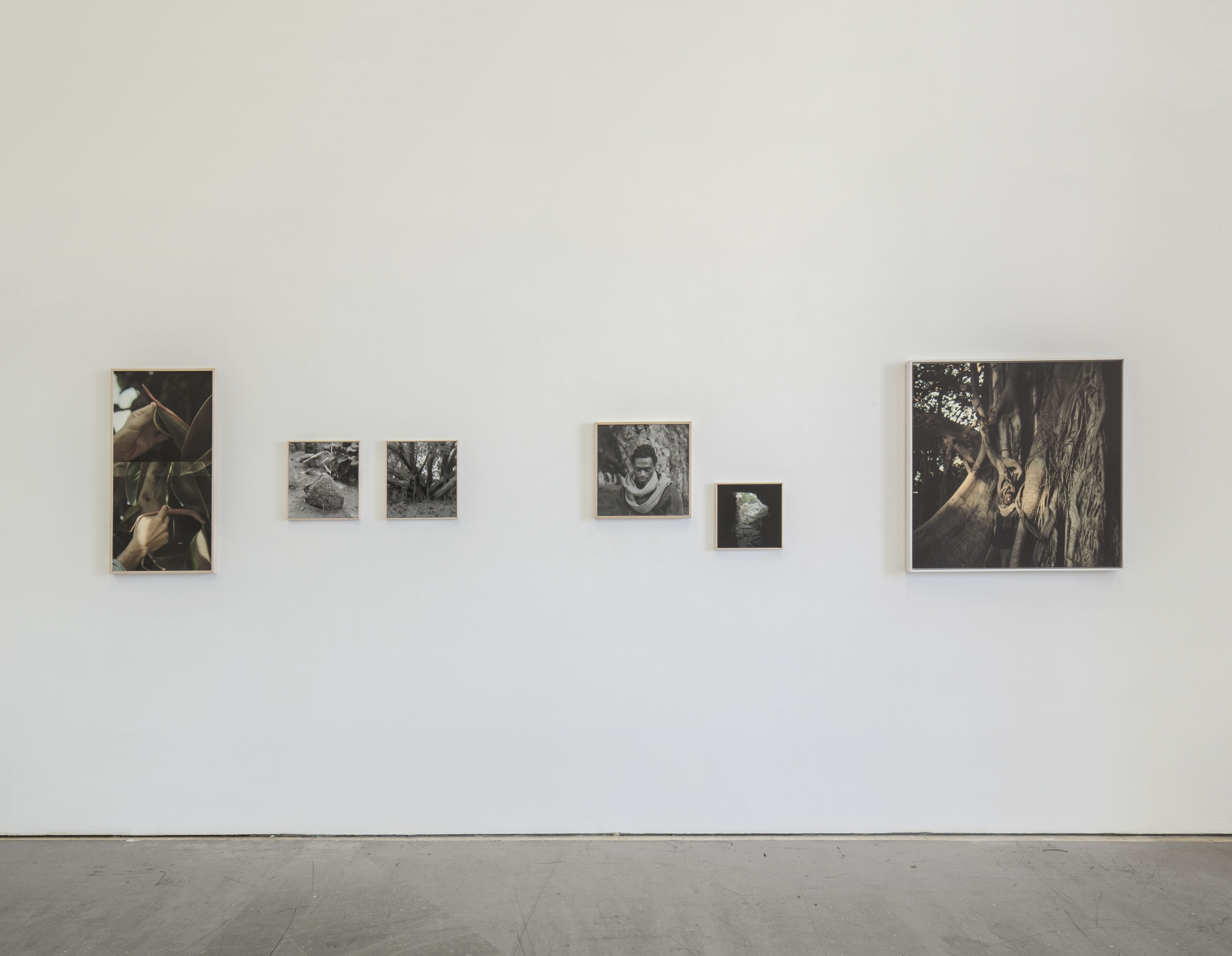
Space C 3 / Migration in the Mediterranean. From left to right :
1. Ficus trees, Xemxija, Malta, 2023 / 2.The Carthage tophet, Tunisia, 2023 / 3.Ficus trees, Villa Malfitano Whitaker, 2023 / 4. Ibrahima, Orto Botanico, Palermo, 2023/ 5.Ghar il-Kbir, Malta, 2022 / 6. Ibrahima, Orto Botanico, Palermo, 2023
« Ibrahima Deme was born in Côte d'Ivoire in 1993. As a young man, he attended secondary school before embarking on his journey to Europe, arriving in Italy in 2017. In Palermo, he feels like an active citizen, studying Italian and engaging in city life through projects aimed at assisting migrants.
Palermo, founded by the Phoenicians, derives its name from ancient Greek, meaning "the ideal refuge." In 2018, in response to European leaders' inaction, Leoluca Orlando, the mayor of Palermo, took initiative by introducing the "Palermo Charter." This charter advocates for the abolition of residence permits in the context of mobility as a fundamental right. It asserts the principle that "no one chooses their birthplace; thus, everyone should have the right to choose where to live, to seek a better life, and not to face death." Mayor Orlando emphasized the charter's principles: "Europe must fundamentally change its mindset to address the migration crisis and view this historical event not as a threat or an invasion, which is entirely baseless, but as an opportunity and a possibility. It needs to reassess its priorities and reaffirm its commitment to its core values, particularly the respect for human rights. » »
1. Ficus trees, Xemxija, Malta, 2023 / 2.The Carthage tophet, Tunisia, 2023 / 3.Ficus trees, Villa Malfitano Whitaker, 2023 / 4. Ibrahima, Orto Botanico, Palermo, 2023/ 5.Ghar il-Kbir, Malta, 2022 / 6. Ibrahima, Orto Botanico, Palermo, 2023
« Ibrahima Deme was born in Côte d'Ivoire in 1993. As a young man, he attended secondary school before embarking on his journey to Europe, arriving in Italy in 2017. In Palermo, he feels like an active citizen, studying Italian and engaging in city life through projects aimed at assisting migrants.
Palermo, founded by the Phoenicians, derives its name from ancient Greek, meaning "the ideal refuge." In 2018, in response to European leaders' inaction, Leoluca Orlando, the mayor of Palermo, took initiative by introducing the "Palermo Charter." This charter advocates for the abolition of residence permits in the context of mobility as a fundamental right. It asserts the principle that "no one chooses their birthplace; thus, everyone should have the right to choose where to live, to seek a better life, and not to face death." Mayor Orlando emphasized the charter's principles: "Europe must fundamentally change its mindset to address the migration crisis and view this historical event not as a threat or an invasion, which is entirely baseless, but as an opportunity and a possibility. It needs to reassess its priorities and reaffirm its commitment to its core values, particularly the respect for human rights. » »
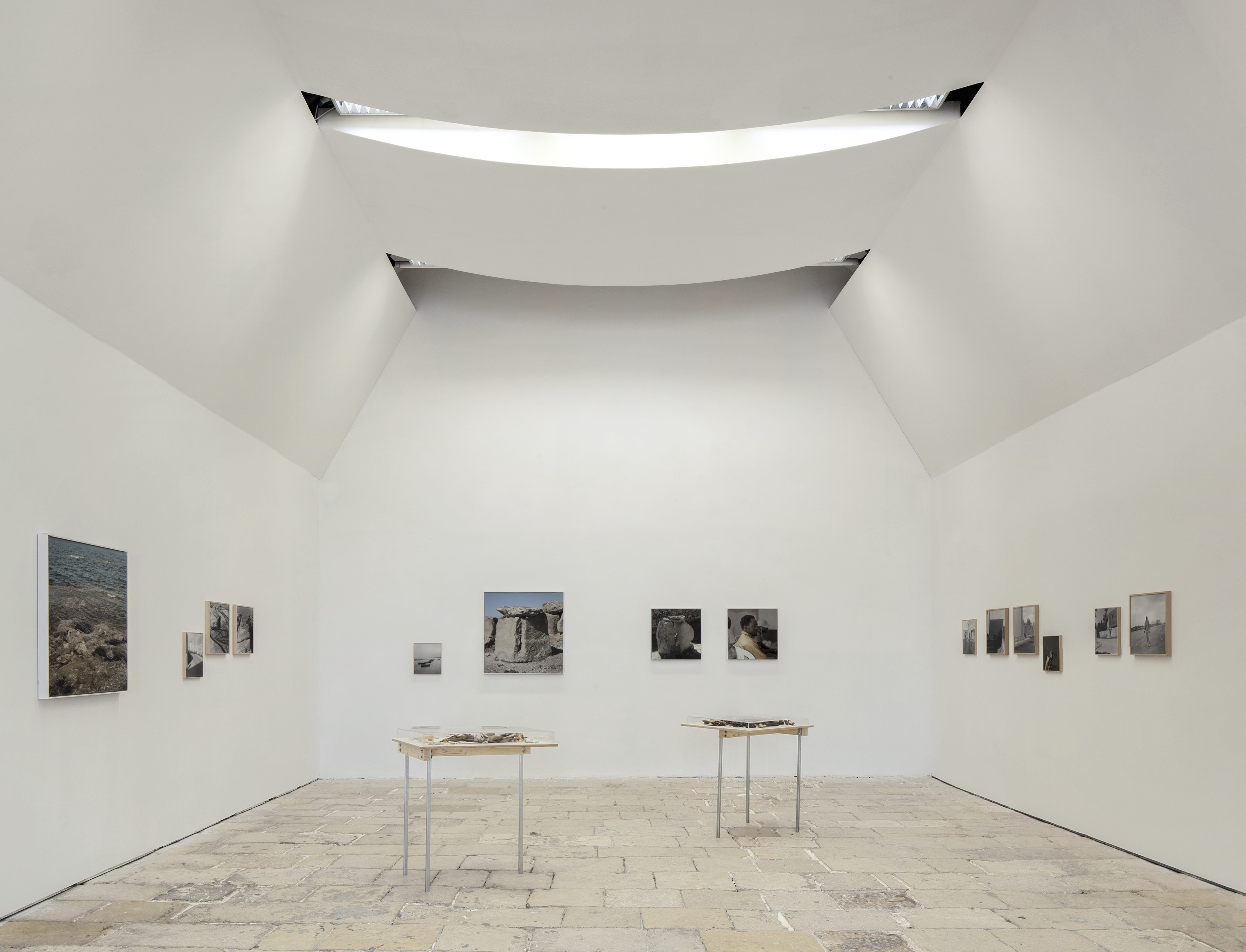
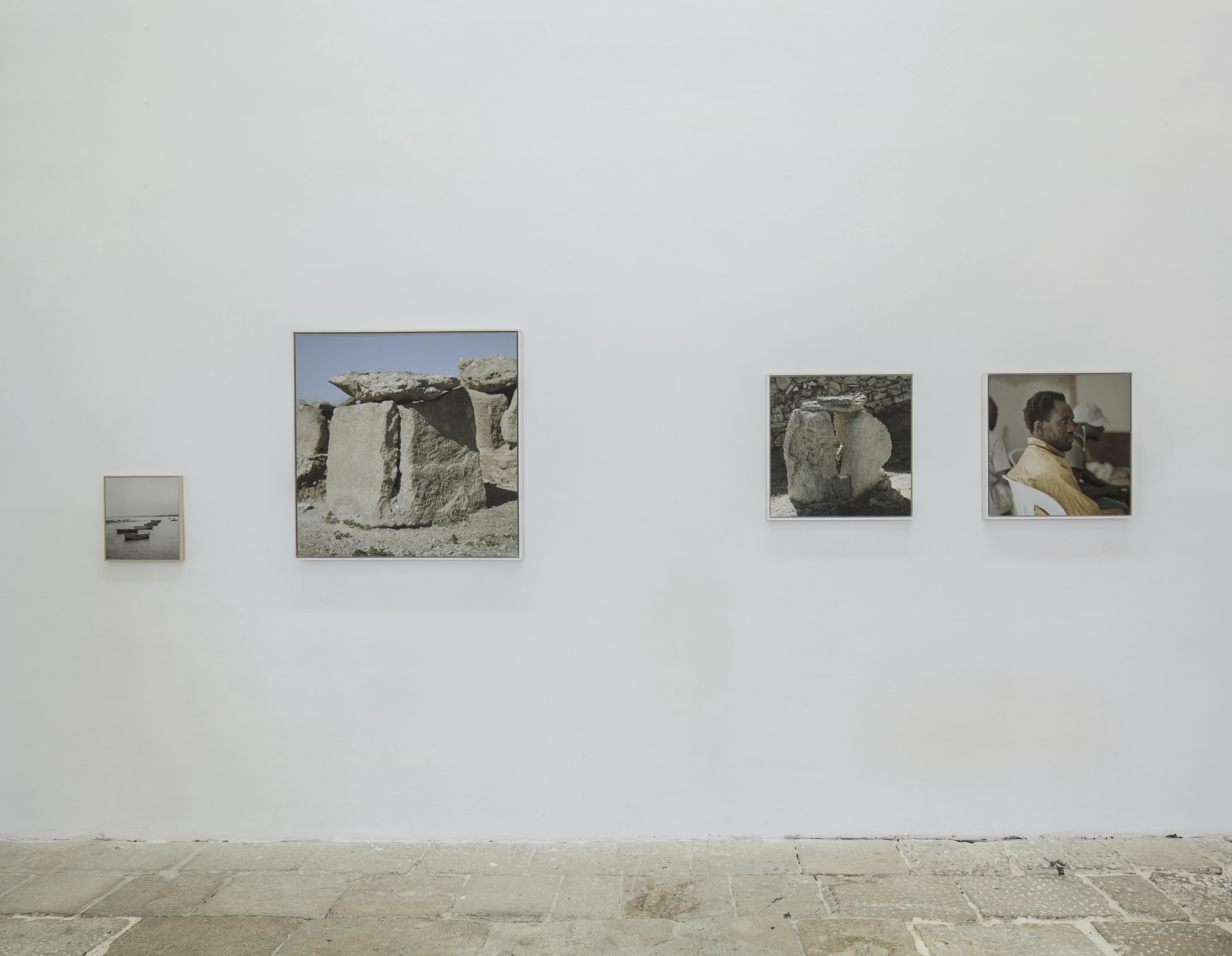
Space C4 / Migration in the Mediterranean.
From left to right :
1. Aghir port, Djerba, 2023 / 2. Phoenician tomb, Mozia, Sicily, 2023 / 3.Phoenician tomb, Mozia, Sicily, 2023 / 4.Naby, Zarzis, Tunisia, 2023
From left to right :
1. Aghir port, Djerba, 2023 / 2. Phoenician tomb, Mozia, Sicily, 2023 / 3.Phoenician tomb, Mozia, Sicily, 2023 / 4.Naby, Zarzis, Tunisia, 2023
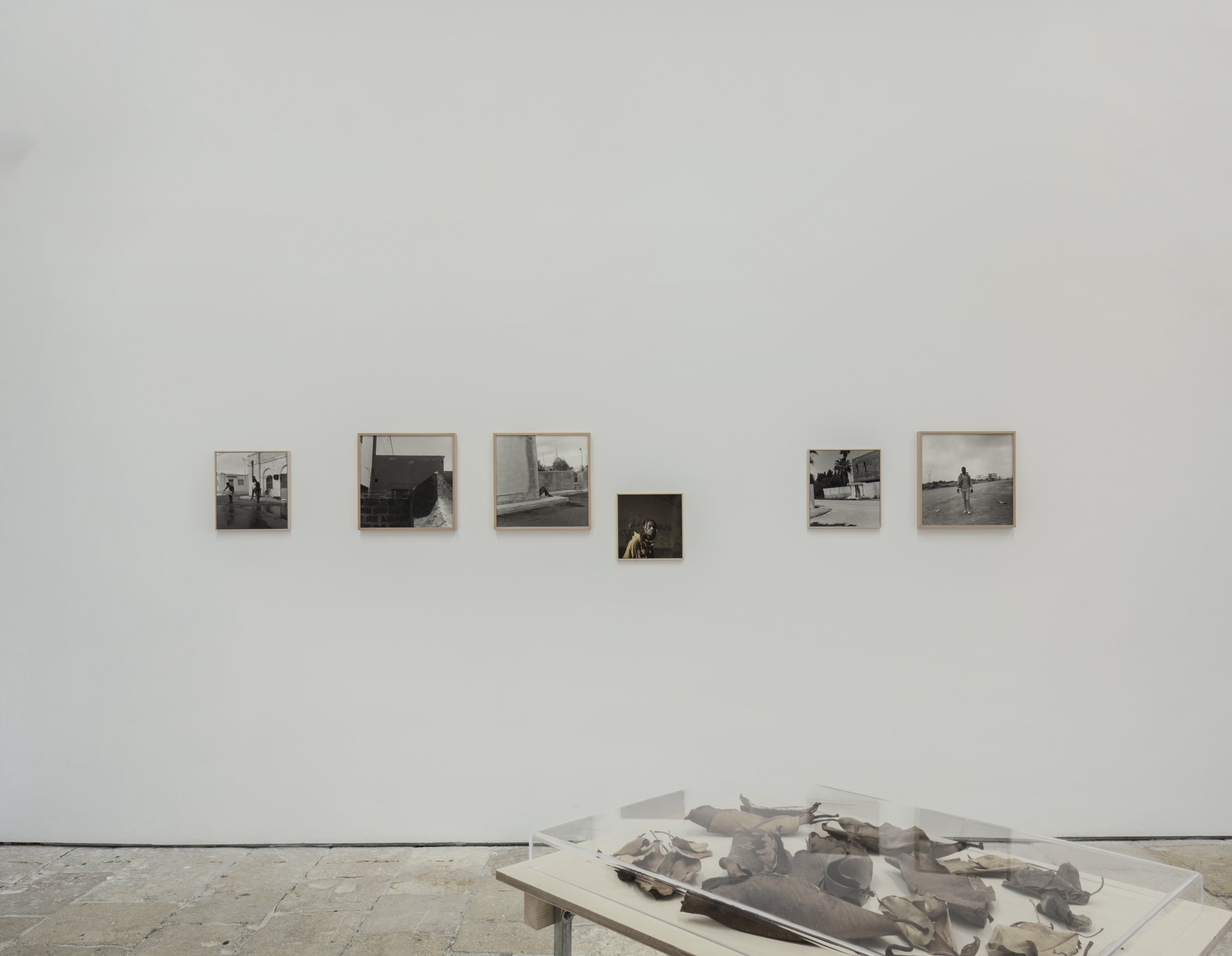
Space C4 / Migration in the Mediterranean. From left to right :
1. Hal far, refugee Center, Malta, 2022 / 2. Malta, 2022 / 3. Hal far, refugee Center, Malta, 2022 / 4. Ibrahima, Palermo, 2023 / 5. Mutuelle Ville, Tunisia, 2023 / 6. Ahmed, Zarzis, Tunisia, 2023
1. Hal far, refugee Center, Malta, 2022 / 2. Malta, 2022 / 3. Hal far, refugee Center, Malta, 2022 / 4. Ibrahima, Palermo, 2023 / 5. Mutuelle Ville, Tunisia, 2023 / 6. Ahmed, Zarzis, Tunisia, 2023
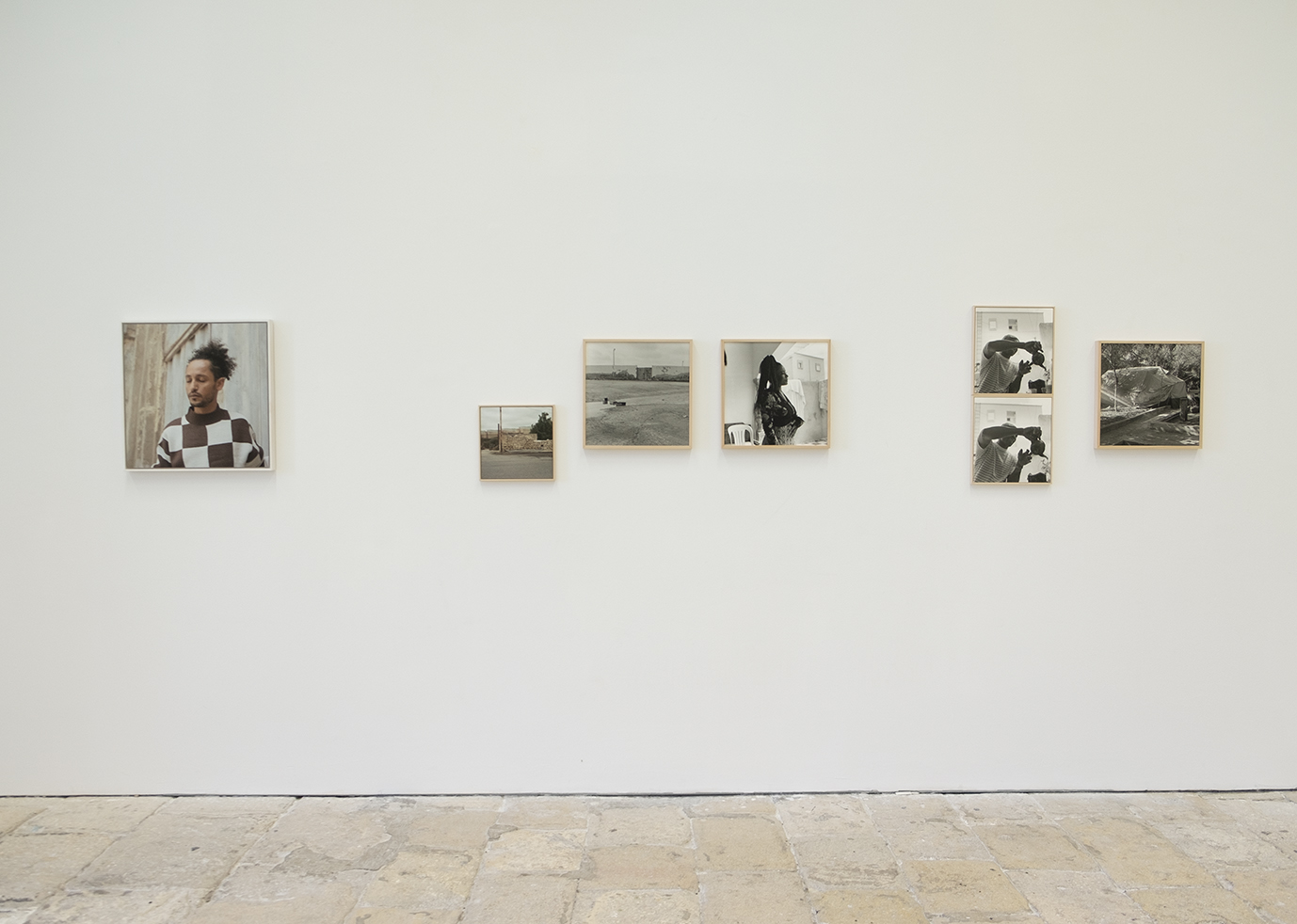
Space C4 / Migration in the Mediterranean.
From left to right :
1. Chakib, Valetta, 2022 / 2. Malta, 2022 / 3. Port of Zarzis, Tunisia, 2023 / 4. Fatma, Zarzis, Tunisia, 2023 / 5 Mohammed, Zarzis, Tunisia, 2023 / 6. Peace Lab, Hal Far, Malta, 2022
From left to right :
1. Chakib, Valetta, 2022 / 2. Malta, 2022 / 3. Port of Zarzis, Tunisia, 2023 / 4. Fatma, Zarzis, Tunisia, 2023 / 5 Mohammed, Zarzis, Tunisia, 2023 / 6. Peace Lab, Hal Far, Malta, 2022